Description
Drill Bit
Tricone Bit
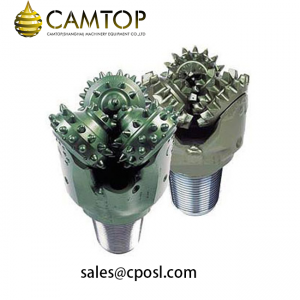
IADC CODE REFERENC
First Digit:
1, 2, and 3 designate Steel Tooth Bits with 1 for soft, 2 for medium and 3 for hard formations
4, 5, 6, 7, and 8 designate Tungsten Carbide Insert Bits for varying formation hardness with 4 being the softest and 8 the hardest
1 1 1 C
Second Digit:
1, 2, 3, and 4 help further breakdown the formation with 1 being the softest and 4 the hardest
4 Primary Types of Bearing Designs
Standard Open Bearing Roller Bit
3rd digit will end with 1
Air Bearing Roller Bit
3rd digit will end with 2 or 3
Sealed Bearing Roller Bit
3rd digit will end with 4 or 5
Journal Bearing Roller Bit
3rd digit will end with 6 or 7
1 1 1 C
Third Digit:
This digit will classify the bit according to bearing/seal type and special gauge wear protection as follows:
1 Standard open bearing roller bit
2 Standard open bearing bit for air drilling only
3 Standard open bearing bit with gauge protection which is defined as carbide inserts in the heel of the cone
4 Roller sealed bearing bit
5 Roller sealed bearing bit with carbide inserts in the heel of the cone
6 Journal sealed bearing bit
7 Journal sealed bearing bit with carbide inserts in the heel of the cone
1 1 1 C
Fourth Digit/Additional Letter:
A – Air application
B – Special Bearing Seal
C – Center Jet
D – Deviation control
E – Extended Jets
G – Extra gauge protection
H – Horizontal Application
J – Jet Deflection
L – Lug Pads
M – Motor Application
R – Reinforced welds
S – Standard Tooth Bit
T – Two Cone Bits
W – Enhanced Cutting Structure
X – Chisel Insert
Y – Conical Insert
Z – Other insert shape
| Formation | Used in | PSI | RPM |
| Soft | shales, clays, red beds, salts, soft limestone and unconsolidated sands |
3000 – 6000 lbs of bit diameter | 120 – 90 reduce weight as RPM Increases |
| Soft to Medium | firm shale, anhydrite, salts, soft limestone and unconsolidated sands |
3500 – 6000 lbs of bit diameter | 100 – 60 reduce weight as RPM Increases |
| Medium | hard shales, sandstones, and limestones | 4000 – 8000 lbs of bit diameter | 100 – 40 reduce weight as RPM Increases |
| Hard | hard sands, cherty limestone, dolomite, chert | 4500 –8000 lbs of bit diameter | 80 – 45 reduce weight as RPM Increases |
| Very Hard | chert, quartzite, pyrite, granite, and hard sandstone | 6000 – 8000 lbs of bit diameter | 70 – 50 reduce weight as RPM Increases |

IADC Reference Codes For PDC Bits
Uses 4 characters to classify the bit
body material
cutter density
cutter size or type
profile
M 1 1 1
First Character:
Denotes the body material
M for Matrix
S for Steel
M 1 1 1
Second Character:
Stands for the amount of ½ in cutters
Ranges 1 to 4 in PDC bits
1 = 30 or fewer ½ in cutters
2 = 30 to 40 ½ in cutters
3 = 40 to 50 ½ in cutters
4 = 50 or more ½ in cutters
M 1 1 1
Third Character:
Ranges from 1-4 and represents the size of
the PDC cutter on the bit
1 = cutters larger than 1 in
2 = cutters from 9/16 in to 1 in
3 = cutters of 1/2 in
4 = cutters of 5/16 in
M 1 1 1
Fourth Character
Ranges 1 to 4 and gives as idea of basic appearance
of and body style the bit, based on the overall
length of the cutting face of the bit
1 = fishtail PDC Bit
2 = short bit profile
3 = medium bit profile
4 = long bit profile

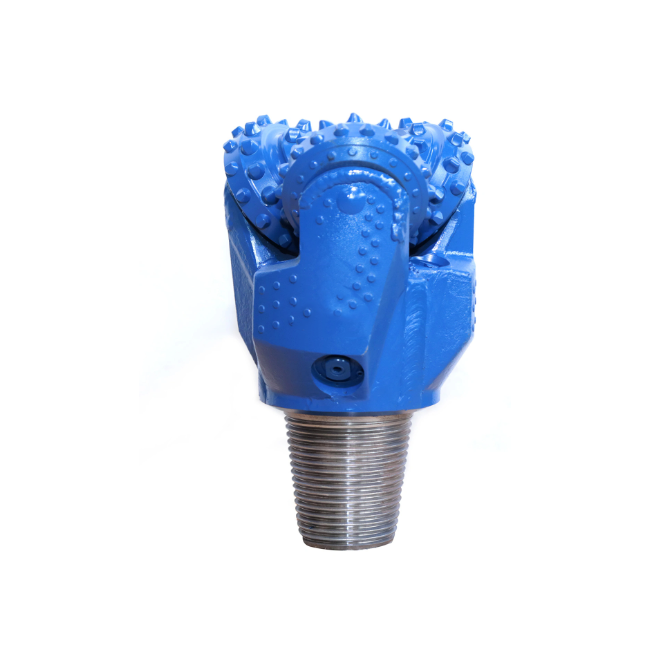


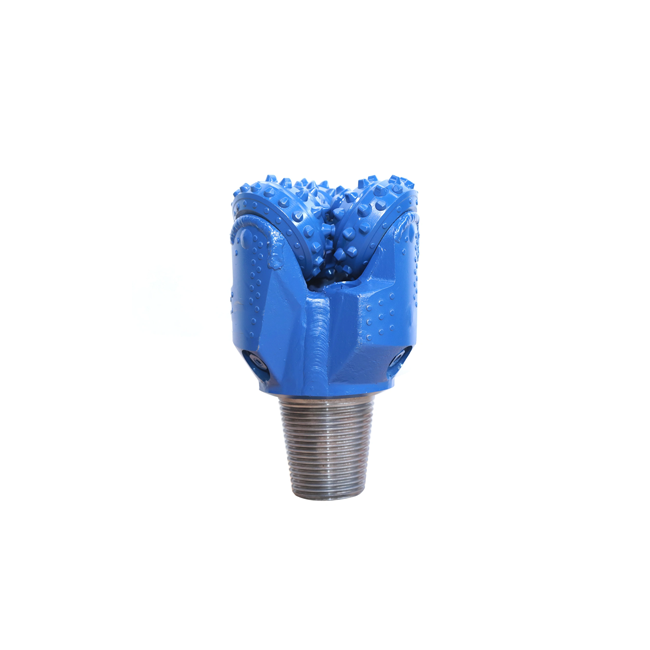
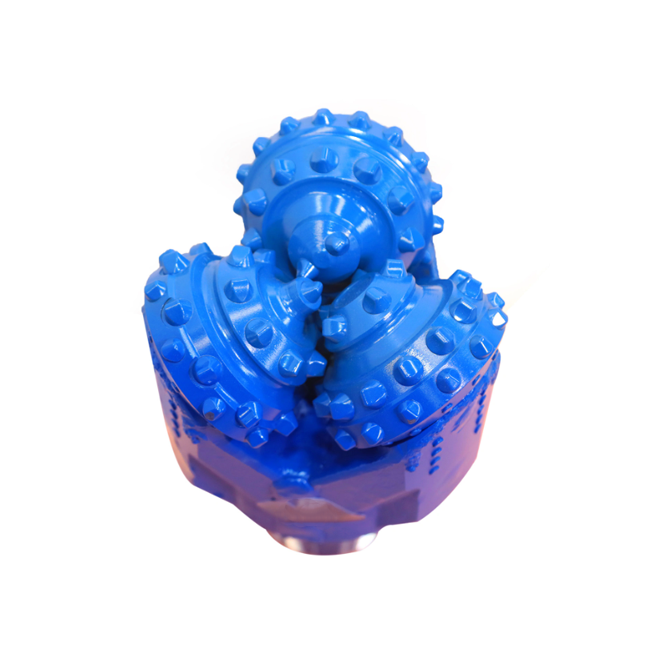
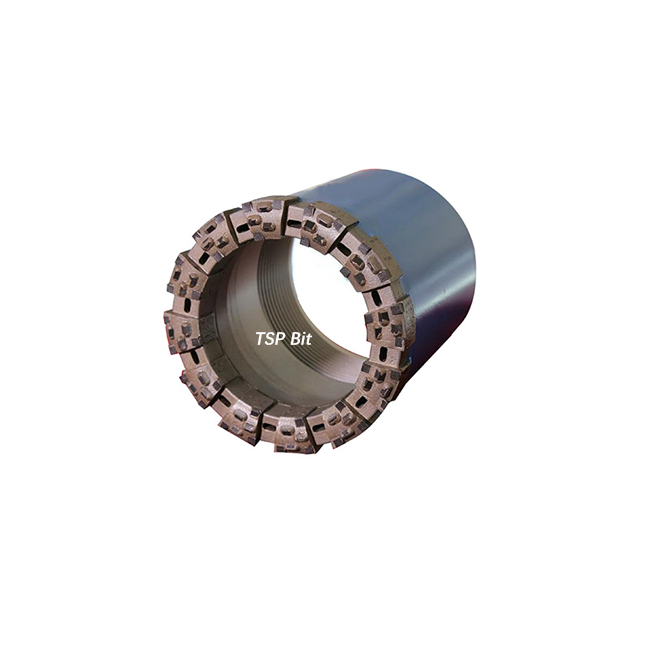

Reviews
There are no reviews yet.